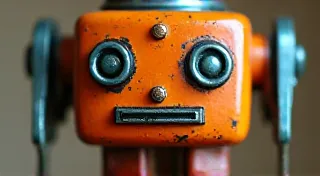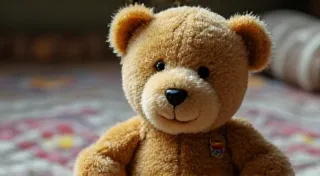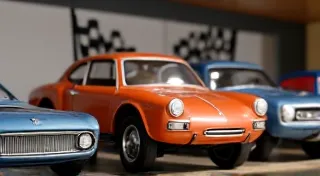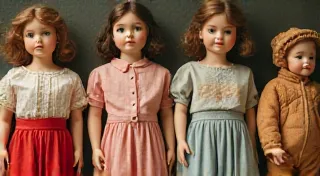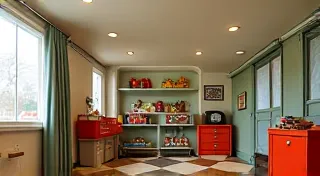Preserving Your Collection: Caring for Vintage Toys
For many, collecting vintage toys isn’t just about owning pieces of the past; it’s about preserving memories, artifacts of childhood, and tangible connections to bygone eras. These toys, once cherished by children, now hold significant historical and monetary value. However, time and the elements take their toll. Dust, sunlight, improper storage, and even well-intentioned but misguided cleaning can degrade a vintage toy’s condition, impacting its value and diminishing the joy of collecting. This article provides essential guidance on how to properly care for your vintage toy collection, ensuring its longevity and protecting your investment. We’ll cover cleaning, storage, and preventative measures, all tailored to the unique needs of different toy types.
Understanding the Challenges: The Enemies of Vintage Toys
Before we delve into specific care techniques, it's vital to understand the common threats to vintage toys. These aren’t always obvious, and preventative measures are often the most effective solution.
- Light Exposure: Sunlight, and even artificial light, can fade colors, weaken plastics, and damage paint finishes. This is particularly true for brightly colored toys and those made of cellulose acetate or vinyl.
- Humidity & Temperature Fluctuations: Extreme humidity can promote mold and mildew growth, damaging materials. Temperature swings can cause plastics to warp and become brittle.
- Dust & Dirt: Dust acts as an abrasive, scratching paint and weakening surfaces. Dirt can trap moisture and attract pests.
- Pests: Certain insects, like carpet beetles, are notorious for feeding on natural materials like wool felt, fabric, and even some types of glue.
- Handling & Wear: Repeated handling can cause paint chips, worn-off decals, and overall deterioration.
- Materials Degradation: Many vintage toys are made from materials that degrade naturally over time. Celluloid, for example, is known to “weep” or become sticky.
Cleaning Vintage Toys: A Gentle Approach
Cleaning is a delicate process and should always be approached with caution. Aggressive cleaning methods can easily cause irreversible damage. Always test any cleaning method on a small, inconspicuous area first.
General Cleaning Tips
- Dusting: Regularly dust your toys with a soft, clean cloth or a soft-bristled brush. Compressed air can also be used to blow dust from crevices.
- Mild Soap & Water: For more thorough cleaning, use a very mild solution of dish soap and warm water. Dampen (don’t soak) a soft cloth with the solution and gently wipe the toy’s surface. Rinse with a clean, damp cloth and pat dry immediately.
- Avoid Harsh Chemicals: Never use harsh chemicals, solvents, or abrasive cleaners. These can strip paint, dissolve decals, and damage the toy’s material.
- Specific Material Considerations: Different materials require different cleaning approaches. The value of a vintage toy is heavily tied to its condition, and improper cleaning can significantly reduce its appeal – and its potential return if you're considering investing in vintage toys.
Cleaning by Material
Here's a breakdown of how to handle specific materials commonly found in vintage toys:
- Plastic (PVC, Celluloid, Vinyl): These are often the most challenging. Avoid solvents. Mild soap and water are generally safe. Celluloid is prone to stickiness and may require specialized cleaners (research specific celluloid cleaning methods – they can be complex).
- Metal (Tin, Lead, Steel): Dust regularly. Rust can be carefully removed with a specialized rust remover, but proceed with extreme caution.
- Wood: Dust and occasionally wipe with a slightly damp cloth. Avoid getting the wood wet.
- Cloth/Fabric: Vacuum gently. Spot clean with mild detergent. Consider professional cleaning for valuable cloth dolls or soft toys.
- Composition: This material often includes lead, so be extremely careful when cleaning and handling. Avoid chipping and creating dust.
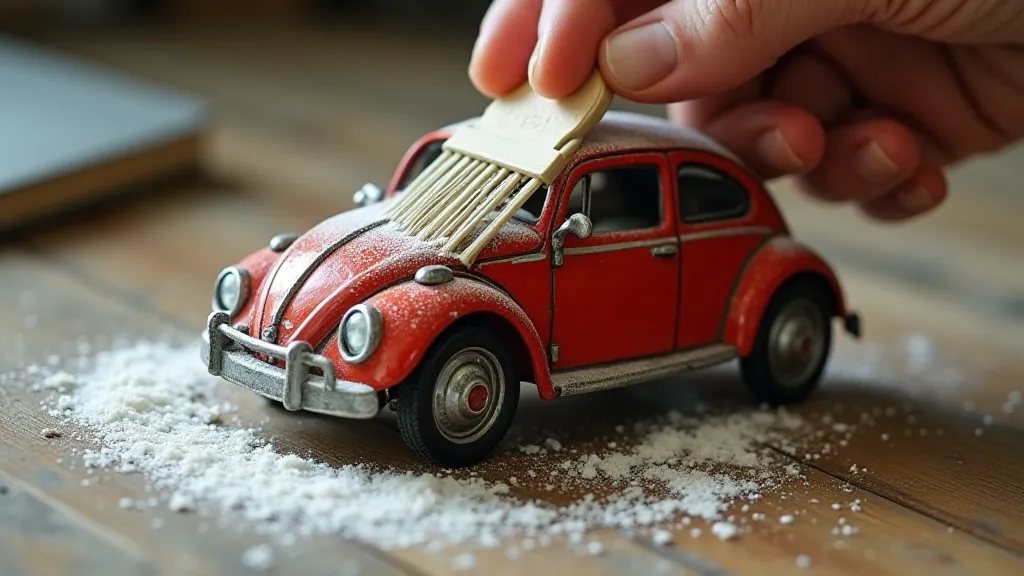
Proper Storage: Creating a Safe Haven
Proper storage is just as important as cleaning. The goal is to create an environment that minimizes exposure to the damaging elements we discussed earlier.
- Temperature & Humidity Control: Store your toys in a cool, dry place with stable temperature and humidity. Ideal conditions are around 68-72°F (20-22°C) and 45-55% relative humidity. A dehumidifier can be helpful in humid climates.
- Light Protection: Keep toys out of direct sunlight. Use opaque storage boxes or display them in areas with low light levels. UV-protective glass or acrylic can be used for display cases.
- Protection from Pests: Store toys in airtight containers or wrap them in acid-free paper to prevent pest infestations. Regularly inspect your collection for signs of pests.
- Acid-Free Materials: Wrap toys in acid-free tissue paper or place them in acid-free boxes to prevent discoloration and degradation caused by acidic materials.
- Padding & Support: Provide adequate padding and support to prevent damage from handling and accidental bumps. Use bubble wrap, foam padding, or custom-cut inserts.
- Upright vs. Flat Storage: For some toys, especially those with delicate parts, upright storage is preferable to prevent stress on the components. The overall appeal and worth of a vintage toy collection can be greatly influenced by the care taken in its maintenance and preservation. If you're seriously pursuing collecting, you might want to learn more about coping with condition and understanding the grading system used by collectors.
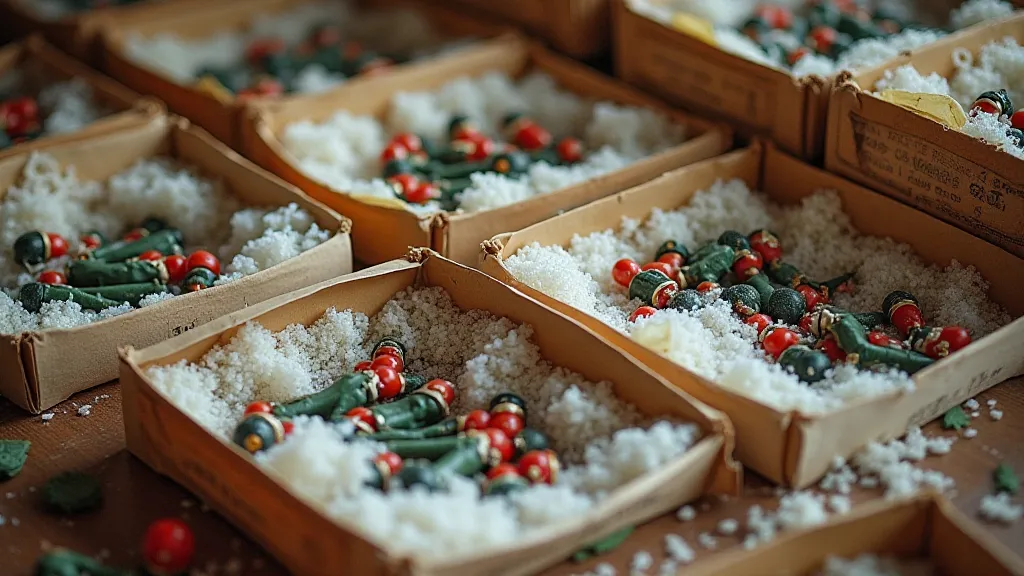
Preventative Measures: A Proactive Approach
Prevention is always better than cure. Here are some proactive steps you can take to protect your vintage toys:
- Handle with Care: Minimize handling as much as possible.
- Regular Inspections: Periodically inspect your collection for signs of damage or deterioration. Early detection allows for timely intervention.
- Documentation: Keep a record of your collection, including photographs, descriptions, and any conservation work performed.
- Insurance: Consider insuring your collection, especially if it is valuable.
- Professional Conservation: For rare or exceptionally valuable toys, consider seeking professional conservation advice.
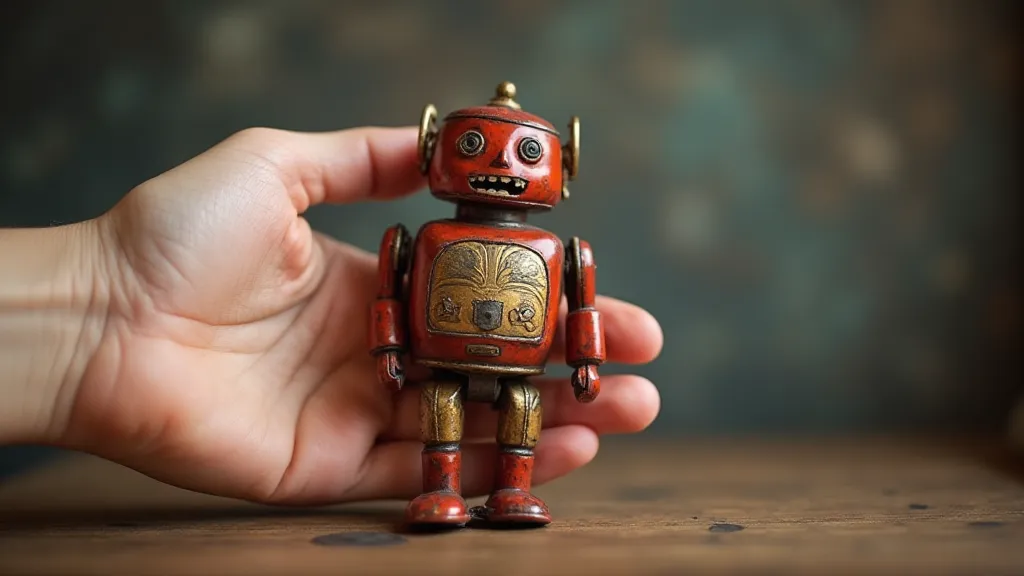
Expanding Your Knowledge and Protecting Your Investment
Caring for vintage toys requires a nuanced understanding of their materials, construction, and the environmental factors that can degrade them. Beyond the basic cleaning and storage techniques we're discussing, some areas demand further exploration. For instance, vintage dolls, particularly those made of delicate materials like composition, present unique challenges. Their construction, often involving layered materials and intricate detailing, necessitates specific cleaning and restoration techniques. Furthermore, the value of a vintage doll isn't solely determined by its physical condition but also by factors like rarity, historical significance, and originality of its accessories. For enthusiasts drawn to the allure of vintage dolls, a deeper dive into their history and specialized care is highly recommended. It's an investment not only in preserving a piece of the past but also in understanding the artistry and craftsmanship that went into creating these cherished objects.
Conclusion: A Legacy of Play
Collecting vintage toys is a rewarding hobby, connecting us to the past and preserving cherished memories. By understanding the challenges and implementing the care techniques outlined in this article, you can ensure that your collection remains a source of joy and a lasting legacy for generations to come. The care you invest in your vintage toys directly impacts their value, both monetary and sentimental, ensuring that they continue to spark imagination and nostalgia for years to come.
